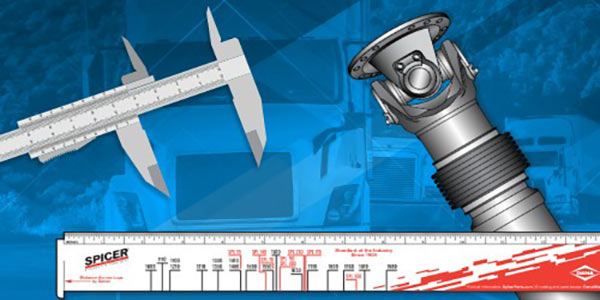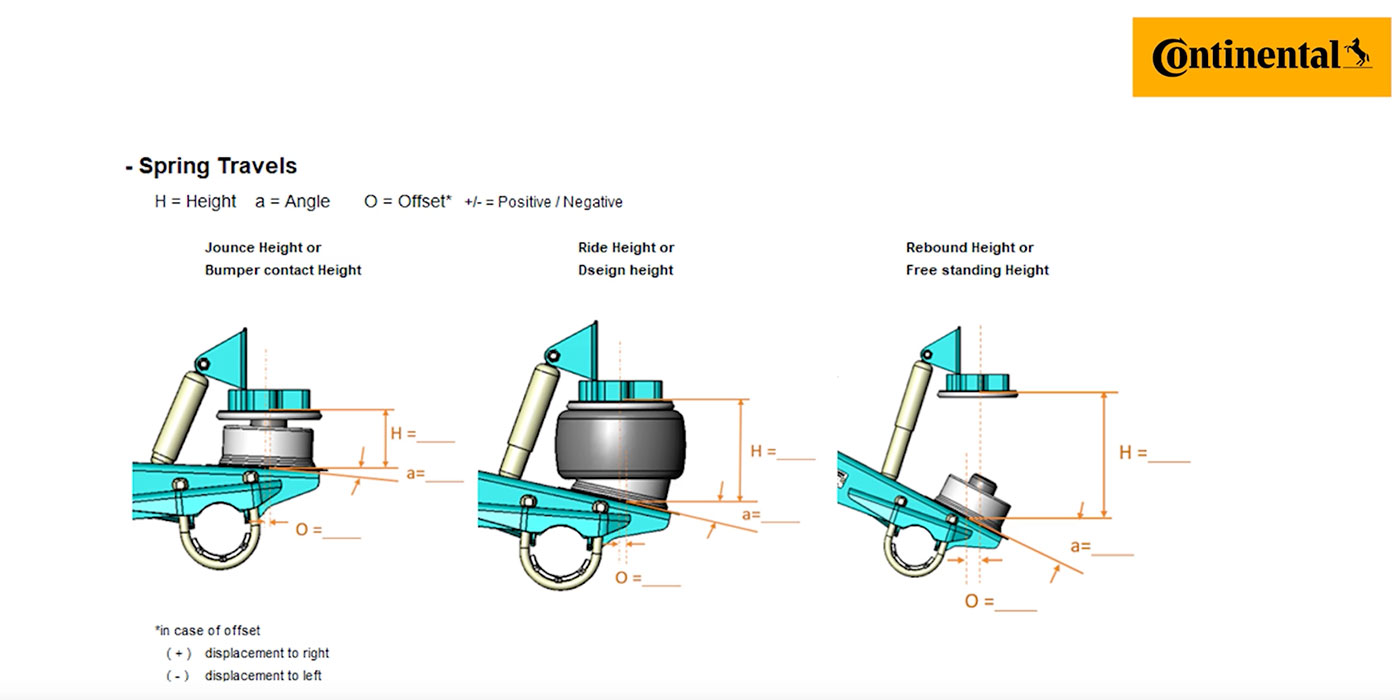For a fleet to be successful it must operate both efficiently and safely. However, it’s not uncommon for a business to increase its efficiency and then notice a decline in safety measures – and vice versa.
While many work from the comfort of offices or their own homes, truck drivers are at the helm of 18-wheelers, often with sensitive cargo under a tight deadline. It’s no surprise that truck driving is a treacherous job. It’s consistently listed as one of the most dangerous occupations and it’s a global concern that we need to get ahead of. The number of truck accidents, fatal and non-fatal, has grown significantly over the past ten years, putting additional strain on fleet operations.
Tightening delivery windows and steep competition can make safety measures seem like efficiency inhibitors. And with the rise of ecommerce and just-in-time manufacturing, delays or missed commitments can badly damage critical customer relationships.
So, how do you successfully navigate the intersection of efficiency and safety and strike a balance within your fleet? Turn to location technology.
Driver behavior analysis is integral to success
The average cost of a commercial truck accident where one person is injured is nearly $150,000. But many causes of truck accidents — driver fatigue, low bridges and narrow roads, driver distraction, on-road hazards and speeding — are preventable.
Because truck driving is such a dangerous job it breeds a high turnover rate that costs fleets time and money. Without reliable, high-quality drivers, fleets will fail to meet demanding estimated time of arrivals, ETAs, and service level agreements, SLAs. With a significant focus and budget spent on recruiting, retention efforts fall by the wayside and the cycle continues.
In order for drivers to stay and be active participants in a safety-first culture, they need to feel empowered and supported. By utilizing fleet solutions from HERE, users can compare observed driver behaviors to legal requirements (eg, posted speed limits), road features (eg, slope and curvature of the road) and dynamic events, such as weather, realtime traffic and free-flow speeds. Armed with the right information, fleet managers can provide real-time feedback and individual safety scores to help drivers improve behaviors and recognize their good habits.
Precise location information provides the visibility required for fleets to make the most informed decisions and for drivers to avoid unnecessary delays, minimizing inefficiencies and additional costs.
Optimized routing is smarter routing
On average, truck drivers spend about thirty minutes idling or re-routing each day due to poor planning. That downtime can cost fleets anywhere from $400 to over $700 per vehicle per day.
Better routing benefits fleet managers as it saves fuel and provides highly efficient pickups, drop-offs and truck-optimized routes, making it easier to meet demanding SLAs and customer expectations.
These same improvements also benefit drivers, in various ways. For one, a majority of long-haul truckers are paid by the mile. That means time spent idling at a warehouse waiting to be loaded or unloaded or hours lost in traffic congestion directly affect the driver’s income. Due to regulations and safety concerns, drivers are only allowed to drive a certain number of hours per day, so time lost waiting at a shipping facility or caught in traffic cannot be recovered. Smart routing allows drivers to have a more efficient shift and opens fleets up to new opportunities such as parking in centralized locations in dense urban areas so drivers can make multiple deliveries at once. It also enables companies to offer incentives. UPS, a HERE customer, doles out consumer loyalty points to those who opt for grouped deliveries.
The HERE Mobile SDK creates a seamless mapping experience, helping drivers navigate from point A to point B, indoors and out. It goes beyond standard mapping, routing and search functionality, providing real-time visibility into the geographic location of mobile assets. It even works offline with capabilities that include route calculation, location search, turn-by-turn navigation and more.
By utilizing the right tools and data for the job, drivers are empowered with better, safer options as well as a more efficient shift.
Strike a balance between fleet efficiency and safety
Location-powered solutions provide the level of visibility needed to create a lasting impact for your fleet. Finding the balance between fleet safety and efficiency not only increases customer and employee loyalty and reduces costs, but it also primes fleets for lasting success and further optimization opportunities.
Position your business as a leader in the global fleet and transportation management market with location intelligence. Watch our latest webinar here or feel free to contact us directly.
This article was sponsored by HERE Technologies.














